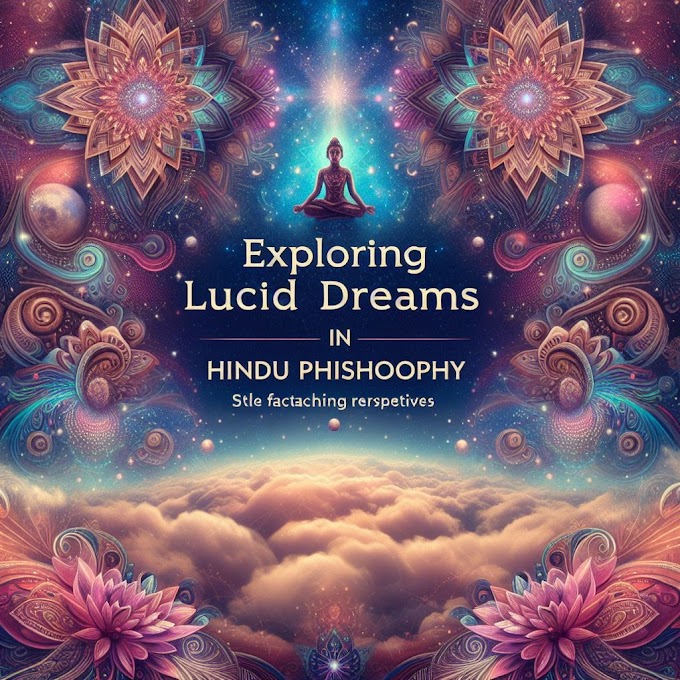Hypnagogic Imagery Technique for Lucid Dreaming
Introduction:Have you ever fantasized about having control over your dreams so you could go on amazing adventures while you sleep? Such opportunity is provided by lucid dreaming, which is the condition in which you are mindful that you are dreaming.
One technique that has gained popularity among dream enthusiasts is the Hypnagogic Imagery Technique. In this article, we will explore what hypnagogic imagery is, how it can induce lucid dreams, and the scientific basis behind its effectiveness.
What is Hypnagogic Imagery?
The term "hypnagogic imagery" describes the strong sensory and visual impressions that people get as they shift from being awake to being asleep. The hypnagogic state, which is characterized by a calm mind and a small separation from the outside world, is where this event occurs.The mind generates a distinctive variety of images, sounds, and experiences throughout this transitory stage. And lucid dreaming can be induced using this.
Using Hypnagogic Imagery for Lucid Dreaming:
To use hypnagogic imagery for lucid dreaming, one must have the ability to sustain awareness throughout the transitional phase between waking and sleep.
This is frequently accomplished through persistent practice and a well-structured method. These are some starting points:
Relaxation: Choose a peaceful and comfortable area to lie down to where you will not be disturbed. Shut your eyes and concentrate on letting go of any tension in your body. Let your mind and body attain a state of deep relaxation by taking calm, deep breaths.
Visualization: Begin to envision a basic scene or object as you relax. It might be a tranquil beach, a tranquil forest, or any other location that provides you with a sense of serenity. Consider the aspects of this scenario as clearly as you can. Do this by using all of your senses.
Awareness and Observation: Maintain awareness of the transitional state between waking and sleep while you immerse yourself in the visualization.
Take note of the small alterations in visuals, sounds, and sensations that occur organically. The idea is to retain a detached consciousness, thus avoid becoming too involved in any one image or concept.
Reality Checks: Include reality checks in your routine. These are simple tests to see if you're dreaming or awake. Push your finger across your opposite hand, for example, or read a text again to check if the words are altered.
You can transfer the habit into your dreams and boost your chances of becoming lucid by performing these checks while in a hypnagogic state.
Read this: MILD Technique Lucid Dreaming | Easiest Method to Lucid Dream
The Science Behind Hypnagogic Imagery:
According to research, hypnagogic imagery is directly related to the brain's transition from waking to dreaming. Our brain waves slow down when we fall asleep. Our brain switches from the beta frequency of waking to the alpha and theta frequencies of relaxation and the early phases of sleep.
The brain experiences a burst of creative activity during this transition, with enhanced neural connection and spontaneous firing of neurons. This increased brain activity is thought to be the source of the vivid visuals experienced during the hypnagogic state.
We can access the rich and immersive mental landscapes that constitute the basis of lucid dreaming by training ourselves to maintain awareness throughout this transitional phase.
Hypnagogic imagery practice activates the brain's visual processing centers and develops the neural pathways related with dream recall and lucidity.
Conclusion:
The Hypnagogic Imagery Technique is a fascinating way to go into the realm of lucid dreaming. We can unleash the potential for conscious awareness within our dreams by leveraging the power of our mind's spontaneous creativity. Anyone can learn to produce lucid dreams with hypnagogic imagery with persistent practice and a focused approach.
So, why delay? By incorporating the Hypnagogic Imagery Technique into your lucid dreaming practice, you can embark on a voyage of self-discovery and adventure. Discover your mind's boundless possibilities and awaken to the extraordinary world of conscious dreaming.

.png)



.png)







